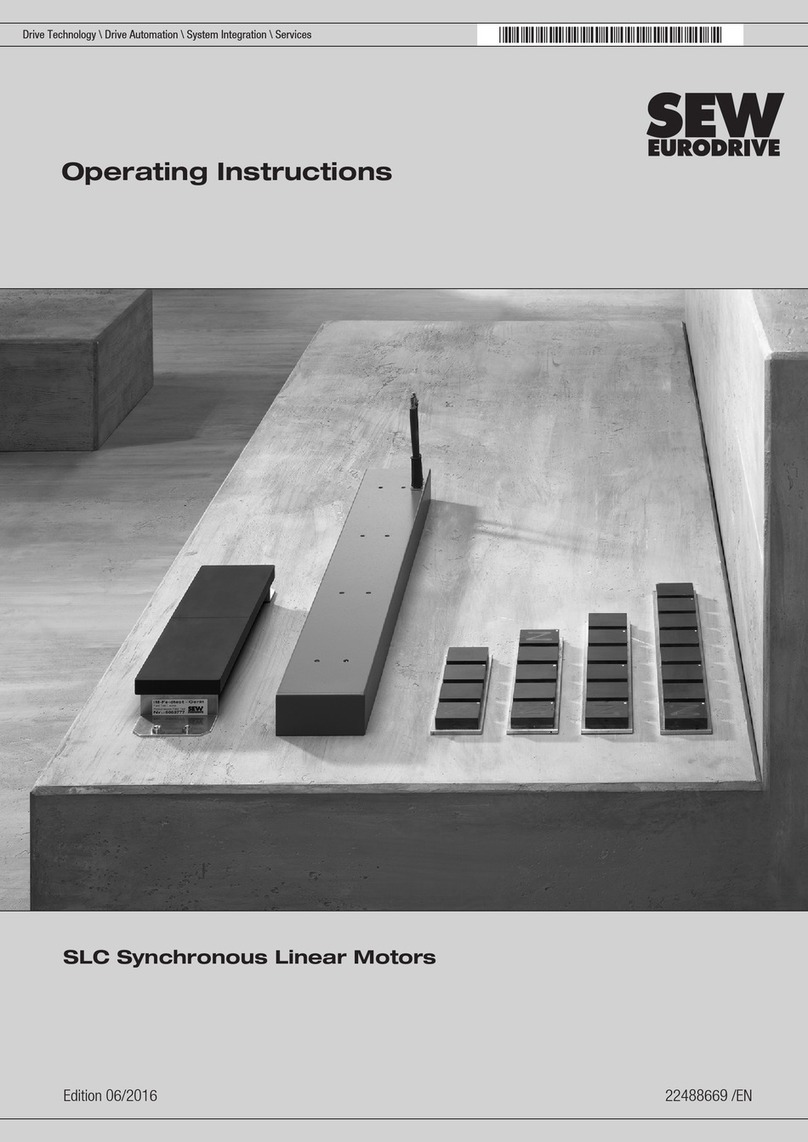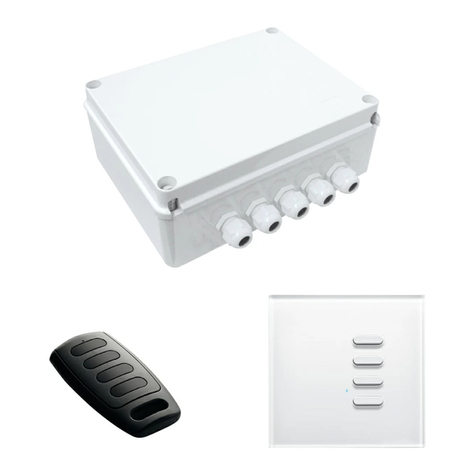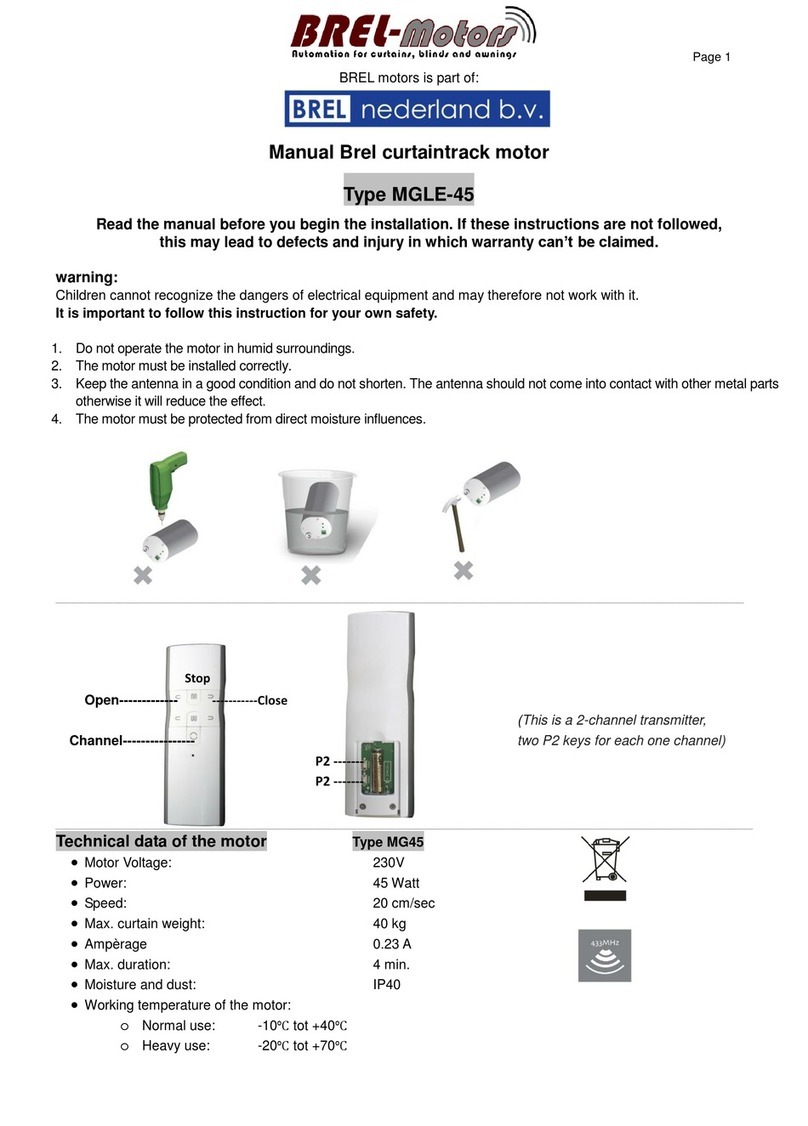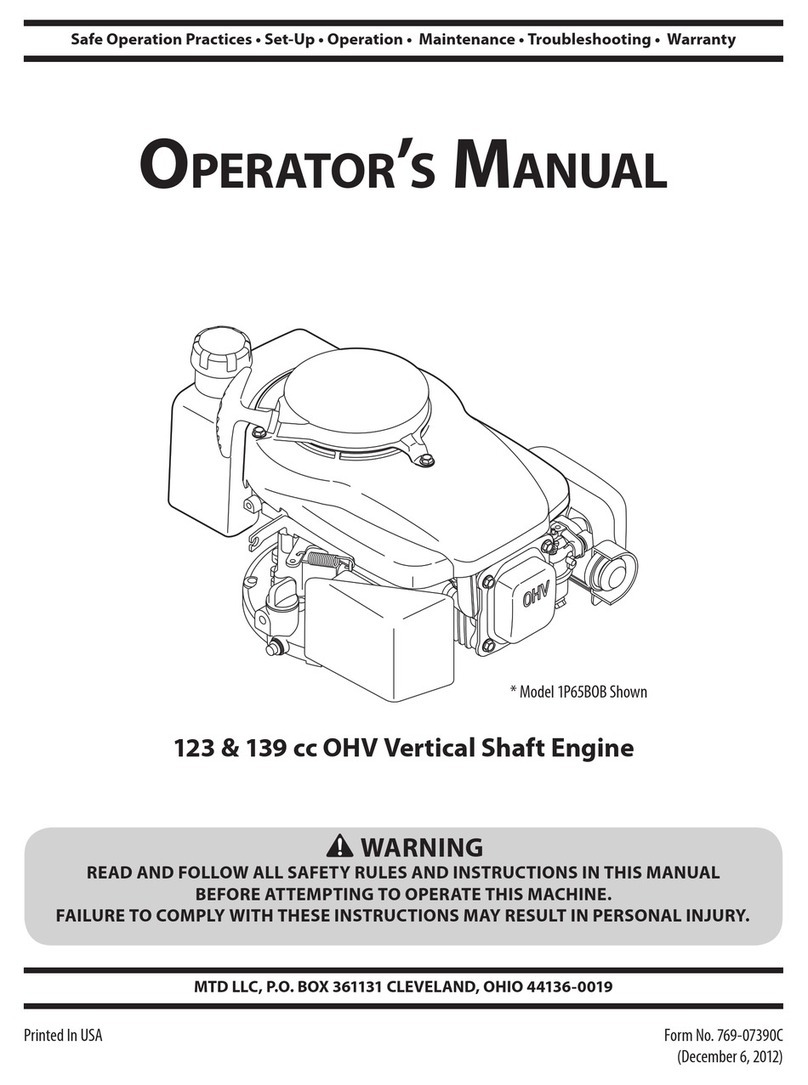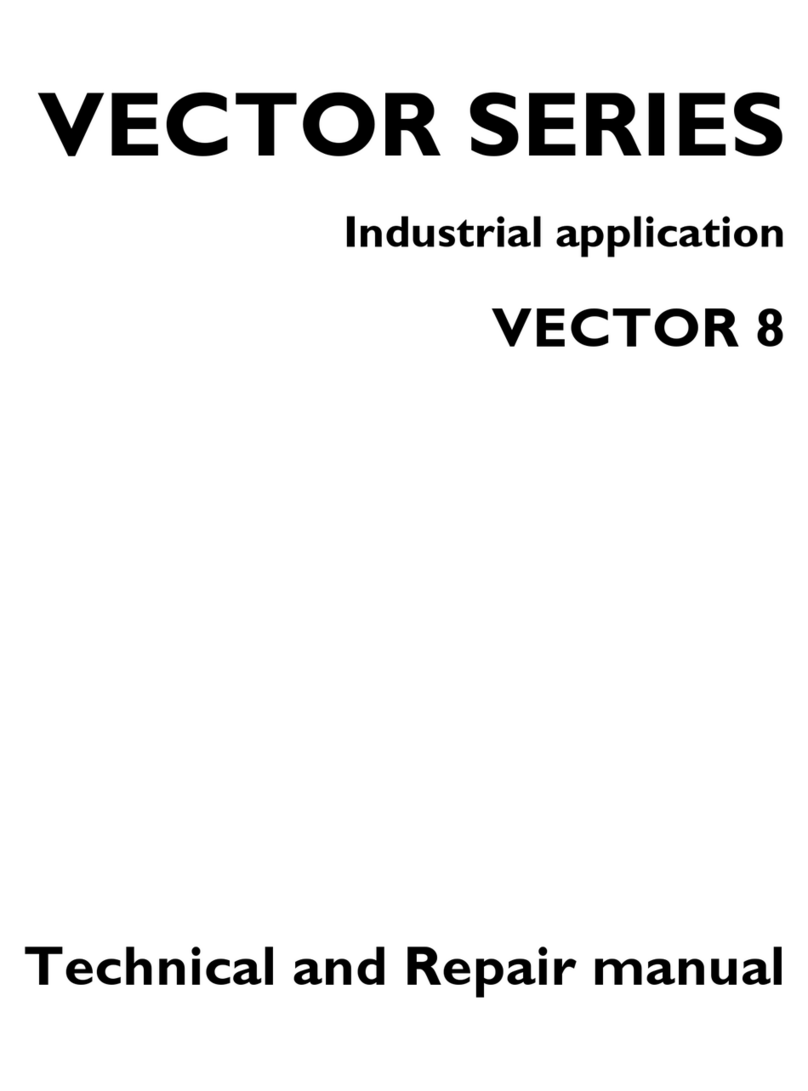Geely MR479Q User manual


Chapter 1 Engine Overview ......................................................................................................01
Section 1 Basic Structure and Working Principle of Engine. ......................................................................01
Section 2 Structural Characteristic of Engine .............................................................................................04
Section 3 Engine Technical Performance and Parameters ......................................................................12
Section 4 Engine Servicing Datasheet .......................................................................................................18
Section 5 Maintenance of Engine ...............................................................................................................23
Chapter 2 Cylinder Block Assembly ....................................................................................26
Section 1 Structural Characteristic of Cylinder Block ................................................................................26
Section 2 Detach, Assembly and Servicing of Cylinder Block ..................................................................27
Chapter 3 Cylinder Head Assembly ...................................................................................45
Section 1 Structural Characteristic of Cylinder Head ................................................................................45
Section 2 Detach, Assembly and Repair of Cylinder Head ......................................................................45
Chapter 4 Piston & Connecting Rod Mechanism ....................................................69
Section 1 Construction of Piston & Connecting Rod Mechanism ............................................................69
Section 2 Dismantling and Inspection of the Connecting-rod and its Bearing ......................................72
Section 3 Common Faults and Troubleshooting of the Piston Connecting-rod Mechanism ................73
Chapter 5 Crank Mechanism ..................................................................................................76
Section 1 Structural Characteristics of Crank Mechanism ........................................................................76
Section 2 Disassembly & Maintenance of Crank Mechanism ..................................................................78
Section 3 Common Faults and Troubleshooting of Crank Mechanism ...................................................83
Chapter 6 Valve Train ....................................................................................................................84
CONTENTS

Section 1 Make-up of Valve Train & its Design Features ............................................................................84
Section 2 Valve Timing ..................................................................................................................................85
Section 3 Make-up of Valve train Assembly and its Features ...................................................................86
Section 4 Service of Valve Train ...................................................................................................................89
Section 5 Common Faults and Troubleshooting of Valve train ................................................................93
Chapter 7 Fuel Supply System .................................................................................................94
Section 1 Makeup and Features of Fuel Supply System for Electronic Fuel Injection Engine ................94
Section 2 Matters Needing Attention in Use and Maintenance of Electronic Fuel Injection System....99
Section 3 Troubleshooting the Electronic Fuel Injection System .............................................................102
Section 4 Evaporative Emission & Positive Crankcase Ventilation Control System ..............................124
Chapter 8 Ignition System .........................................................................................................127
Section 1 Introduction to Ignition System ..................................................................................................127
Section 2 Troubleshooting of Ignition System ...........................................................................................128
Chapter 9 Lubrication System ...............................................................................................132
Section 1 Makeup and Features of Lubrication System ..........................................................................132
Section 2 Examination & Maintenance of Lubrication System ..............................................................136
Section 3 Common Faults and Troubleshooting of Lubrication System ................................................141
Chapter 10 Cooling System .....................................................................................................143
Section 1 Composition & Features of Cooling System ............................................................................143
Section 2 Inspection and Maintenance of Cooling System ...................................................................147
Section 3 Common Faults and Troubleshooting of Cooling System ......................................................149
Chapter 11 Clutch ..........................................................................................................................150
Section 1 Structure of Clutch and Its Operating Mechanism .................................................................150
Section 2 Clutch Troubleshooting ..............................................................................................................152

Section 3 Assembly and Adjustment of Clutch and its Operating Mechanism ...................................155
Section 4 Common Faults and Troubleshooting of Clutch .....................................................................158
Chapter 12 Common Faults and Troubleshooting of Engine ........................160
Section 1 Overview .....................................................................................................................................160
Section 2 Determination and Elimination of Common Faults in Engine ................................................160
Section 3 Determination and Elimination of Abnormal Noises in the Engine ........................................171
Chapter 13 Power source .........................................................................................................173
Section 1 Structure of Clutch and Its Operating Mechanism .................................................................173
Section 2 Battery ..........................................................................................................................................175
Section 3 Normal Malfunction of Charging System and Troubleshooting ............................................176
Chapter 14 Starter ..........................................................................................................................177
Section 1 Structure of Starter ......................................................................................................................177
Section 2 Working Principle of Starter ........................................................................................................178
Section 3 Attentions in Use of Starter .........................................................................................................178
Section 4 Troubleshooting of Starter ..........................................................................................................179
Chapter 15 Engine Management System ....................................................................180
Section 1 System Profile ..............................................................................................................................180
Section 2 System Composition and Working Principle ............................................................................181
Chapter 16 Engine Electronic Control System ..........................................................184
Section 1 General Structure of Engine Electronic Control System .........................................................184
Section 2 Structural Principle of the Components of the Engine Electronic Control System ..............184

Engine provides power to the automobile. Presently, internal combustion engine is widely applied in the automobile. It’s
a kind of thermal machine that can control the fuel combustion in the cylinder to generate heat energy effectively, and then
convert the heat energy into mechanical energy that drives the piston in the cylinder to make reciprocating movement as
the way to output the power by the connecting rod, the crankshaft and the flywheel. The automobile runs with the power
transferred by the internal combustion engine to the automobile driving mechanism. Most of the internal combustion
engines providing power to the automobile are gasoline or diesel engines based on the fuel for combustion. The power to
GEELY car comes from the gasoline engine equipped with the electronic fuel injection system. It’s made of the machine
unit, crank connecting rod mechanism, valve train, fuel supply system, ignition system, cooling system, lubricating system,
startup system and management system.
1. Machine Unit
The machine unit is mainly composed of cylinder head, cylinder block and oil pan. It’s the basis of assembling the
engine mechanisms and systems, and the base to support the engine in normal operation. In another word, many parts of
the machine unit have multiple specific functions. For example, the internal walls of cylinder block and cylinder head make
up the combustion room, but they are also the components of crankshaft connecting rod mechanism, fuel supply system,
cooling system and lubricating system. The machine unit is designed to bear ultra heat or mechanical load.
2. Crankshaft Connecting Rod Mechanism
The crankshaft connecting rod mechanism is composed of body, piston, connecting rod, crankshaft, flywheel and crank
shield. It converts the heat generated by engine combustion into mechanical energy, namely, converts the piston linear
reciprocating movement into the crankshaft and flywheel rotations, and then the flywheel outputs the power. The flywheel
is designed to keep the engine in stable rotation by the rotating inertia.
3. Intake Mechanism
The intake mechanism is composed of cylinder head, intake valve, exhaust valve, cam shaft, tappet, valve spring, cam
shaft timing gear, and timing belt. The intake mechanism is designed to open the intake valve in time, take in the combus-
tible gas mixture into the cylinder, and emit the post-combustion exhaust gas out of the cylinder in time.
4. Fuel Supply System
The fuel supply system is composed of gasoline pump, gasoline filter, gasoline distribution pipe, pressure regulator,
fuel injector, fuel tank, air filter, throttle body, intake manifold, exhaust manifold, exhaust gas purifier, and exhaust muffler.
The fuel supply system is designed to mix gasoline and air into high-quality combustible gas mixture, send it to the cylinder
for combustion, and emit the exhaust gas out of the engine.
5. Ignition System
The ignition system is composed of storage battery, engine, ignition coil, high-voltage wire and spark plug. The ignition
system is designed to make sure the compressed gas mixture to be ignited right at the preset moment. The ignition system is one
of the characteristics of gasoline engine to differentiate from the diesel engine.
Chapter 1 Engine Overview
I. Basic Structure of Engine
Section 1 Basic Structure and Working Principle of Engine
1

2
6. Cooling System
The cooling system is composed of pump, radiator, fan, water inlet and outlet pipes, thermostat, the drain valve of
cylinder, and the gas water cavity. The cooling system is designed to emit the thermal energy in the heated components
to the air, so that the engine can work under thermo-equilibrium with powerful, cost-effective, reliable and durable features.
7. Lubricating System
The lubricating system is composed of oil pan, oil collector and filter, oil pump, pressure limit pump, as well as oil
passage, oil filter, and oil gauge in the machine unit. The lubricating system is designed to transmit the lubricant onto the
working surfaces of components in relative motion, so as to have the surfaces lubricated, cooled, sealed, antirust-treated
and cleaned, and in this way guarantee a normal and reliable operation for the engine.
8. Startup System
The startup system is composed of startup motor and its accessories. It’s designed to start up the engine from statistic
mode to automatic operation.
9. Engine Management System
The engine management system is also called the engine control system. It’s composed of sensors that measure the
engine operation status and parameters, the Electronic Control Unit (ECU) and the controlled acting components.
The system is based on the Electronic Fuel Injection (EFI), with ECU controlling the Electronic Spark Advance (ESA)
and the Idle Speed Control (ISC) so that the engine works in optimal condition.
II. Operational Principle of Engine
Fig. 1 Working Principle of Engine
The engine works continuously to convert the heat generated by combustion into the mechanical energy. It never stops
repeating the 4 strokes in the cylinder, including intake stroke, compression stroke, power stroke and exhaust stroke.
Below is a description of an operational cycle of 4-stroke gasoline engine, taking a single-cylinder engine shown in Fig.
1 as an example.
Piston Stroke
TDC
BDC

3
An operational cycle of 4-stroke engine is made of the intake, compression, power and exhaust strokes. When the
piston moves from Top Dead Center (TDC) to the Bottom Dead Center (BDC), the crank turns 180°. The distance from
TDC to BDC is called piston stroke.
1. Intake Stroke
The intake stroke is the process of taking in the combustible gas mixture into the cylinder. The intake valve opens right
before the piston approaches the TDC, and the exhaust valve closes immediately after the piston goes down. The intake
and exhaust valves form a proper overlap angle when they’re open simultaneously, which helps emitting the exhaust gas
effectively and improving the scavenge quality with the gas inertia. As the piston goes down further, the gas capacity
expands to produce ultra vacuum in the cylinder, so more gas mixture is taken in. When the piston reaches the BDC, the
intake valve is still open. Till the piston goes up and more combustible gas mixture goes into the cylinder with inertia, the
intake valve will close after the crank turns to the proper delay angle.
If the operational capacity of cylinder is fixed, in order to enable the engine to produce more power, the gas mixture
shall be taken in as much as possible in the intake stroke. In this sense, multiple valves, turbine mid-air cooler and
electronic fuel injector are applied to produce more high-quality combustion gas mixture
2. Compression Stroke
The compression stroke is the process of compressing the combustible gas mixture in the cylinder. The piston goes up
from the BDC, with the intake and exhaust valves closed. The pressure and temperature of combustible gas mixture in the
cylinder increase rapidly, so the heat-atomized fuel and gas become more even that helps improving the combustion
quality and the power capability. As improving the compression pressure may result in certain danger, the compression
ratio shall be keep at the best level. Improving properly the engine compression ratio, i.e. the ratio of maximal cylinder
capacity vs post-compression minimal capacity, may make the engine more powerful and cost-effective.
3. Power Stroke
The power stroke is the process in that the combustible gas mixture burns and expands to generate power in the
cylinder. At this moment, the intake valve is still closed. Before the piston goes up the TDC, the temperature and pressure
of gas mixture increase a lot, which drives the ECU to select and figure out the best ignition timing, and then the spark plug
will generate spark to ignite the combustible gas mixture. The gas mixture burns and releases heat that makes the
temperature and pressure increase sharply in the cylinder, and the maximal pressure occurs at the crank angle of 10° to
20° after reaching TDC. When the piston goes down after reaching the TDC, the expansion-to-power process begins. The
piston drives the crank and flywheel rotating with the connecting rod, and outputs the driving torque. When the piston
reaches the BDC, the power stroke ends. In order to keep the engine more powerful, cost-effective and less-polluting, we
have made great efforts to improve the combustion, make full use of the fuel, and purify the exhaust gas, and we’ll go on
with the efforts
4. Exhaust Stroke
The exhaust stroke is the process of emitting exhaust gas out of the cylinder. Before the piston goes down to the BDC
in the power stroke, the exhaust valve opens, and the hot combustion gas turns to be exhaust gas after the expansion-to-
power process, and then begins to go out of the cylinder. The piston goes up after it reaches the BDC, and the exhaust gas
is extruded. Before the piston reaches the TDC, the intake valve begins to open for scavenge. Of course, when the piston
reaches the TDC, the exhaust valve will close after a period of delay.
The piston goes down from the TDC into a new operational cycle. With the operational cycles made up of the above-
mentioned 4 strokes, the engine works repeatedly and outputs non-stop power that drives the car forward

4
TStructural Characteristic of Engine Engine and Engine are new products based on the features
of domestic. overseas same type engine and the modern up-to-date engine technologies It applies the technologies of
electronic control fuel multipoint sequence injection, group ignition, and close-ring control system provided by the United
Automobile Electronic of Shanghai (UAES). The multipoint sequence injection guarantees that the combustible gas
mixtures are produced in different cylinders under identical conditions, so as to improve the mixture quality; the ECU
updates and selects the best injection timing, producing highly precise control of fuel quality. It’s structured without power
distributor and with 2 ignition coil that can generate voltage as high as 10 to 35kV for ignition.
With the overall displacement of and . engine and engine are cylinder-in-line,
water-cooling. 4-stroke gasoline engines equipped with double over head camshaft, 16 valve, and electronic control fuel
injection. There’re the oxygen sensor and the three-way catalytic converter in the exhaust pipe. ECU controls the switch of
cooling fan in the engine according to the change of cooling water temperature in order to keep the cooling water in normal
temperature. Fig. 2 and Fig. 3 are the assembly drawing and the components assembly drawing of engine. Fig.
4 and Fig. 5 are the assembly drawings of engine with power system and auxiliaries respectively.
Fig. 6 is the layout of electronic control fuel injection system in engine.
Fig. 2 Assembly Drawing of MR479Q/MR479QA Engine
Section 2 Structural Characteristic of Engine
MR481QA
IL481Q
1.342L
1.498L
1.587L
1.762L
MR479Q
MR479QA MR481QA
JL481Q
MR479Q
MR479QA
MR479Q
MR479QA
MR479Q
MR479QA

5
Fig. 3 Components Assembly Drawing of MR479Q/MR479QA Engine

6
Fig. 4 MR479Q/MR479QA Engine and Its Power System

7
Fig. 5 Assembly Drawing of Engine and Its Auxiliaries
MR479Q
MR479QA

8
Fig. 6 Electronic Control Fuel Injection System in Engine
MR479Q
MR479QA

9
Fig. 7 Front view of Engine
JL481Q
MR481QA

10
Fig. 8 Sectional elevation of Engine
JL481Q
MR481QA

11
Fig. 9 Electronic Control Fuel Injection System in Engine
JL481Q
MR481QA

12
4-cylinder in line, water-cooling,
dual-roof convex shaft, 16 valves, belt
and gear driven, hip-shaped combustion chamber
78.7×69 78.7×77
1.342 1.498
9.3 9.8
800±50
Dynamic adjusted by ECD with the condition
0.20±0.05
0.30±0.05
63/6000 69/6000
110/5200 128/3400
≤259 ≤279
≤0.1
≤50
CO≤2.3g/Km,HC≤0.2g/Km,NOx≤0.15g/Km,with OBD
function
NO.93 or above Lead-free vehicle gasoline
Pressure and splash combined
SAE 10W-30 or SAE 10W- 40 SAE15W-40
SAE 5W-30 in frigid area, API quality rate: SG or above
≥90
294 ~539
3.5 (full in dry mode),3.1 (full in wetmode)
Force-cycle, water-cooling
0.8 ± 0.1
Type
Bore × stroke (mm × mm)
Displacement (L)
Compression ratio
Rotation at idle speed (r/min)
Ignition timing
Valve clearance Intake(mm)
(In cold state) Exhaust (mm)
maximum power (KW/r/min)
Maximal torque (N.m/r/min)
Minimal fuel consumption ratio at full load (g/kw.h)
Emission at idle speed CO (%)
HC (PPm)
Test cycle emission (GB
III
)
Number of fuel
Lubrication
Oil specification
Oil pressure Idle (kpa)
3,000r/min (kpa)
Oil capacity (L)
Cooling
Spark clearance (mm)
MR479Q MR479QA
Section 3 Engine Technical Performance and Parameters
1.Major Technical Parameters of MR479Q Engine and MR479QA Engine

13
Type
Bore × stroke (mm × mm)
Displacement (L)
Compression ratio
Rotation at idle speed (r/min)
Ignition timing
Valve clearance Intake(mm)
(In cold state) Exhaust (mm)
maximum power (KW/r/min)
Maximal torque (N.m/r/min)
Minimal fuel consumption ratio at full load (g/kw.h)
Emission at idle speed CO (%)
HC (PPm)
Number of fuel
Lubrication
Oil specification
Oil pressure Idle (kpa)
3,000r/min (kpa)
Oil capacity (L)
Cooling
Spark clearance (mm)
MR481QA JL481Q
II. Major Technical Parameters of MR481QA Engine and JL481Q Engine
4-cylinder in line, water-cooling, dual-roof convex shaft,
16 valves, belt and gear driven, hip-shaped combustion
81×77 81×85.5
1.587 1.762
9.6 9.6
800±50
Dynamic adjusted by ECD with the condition
0.20±0.05
0.30±0.05
78.7/6000 83.1/5600
137/4400 156.8/3400
≤269 ≤269
≤0.1
≤50
NO.93 or above Lead-free vehicle gasoline
Pressure and splash combined
SAE 10W-30 or SAE 10W-40. SAE15W-40.
SAE 5W-30 in frigid area. API quality rate: SG or above
≥90
294 to 539
3.5 (full in dry mode).3.1 (full in wet mode)
Force-cycle. water-cooling
1.0 ± 0.050

14
III. Engine performance curve
Engine feature refers to the rule in that the engine performance indicators change with the operational conditions. The
speed feature of engine is commonly used to define the rule in that the power, torque and fuel consumption ratio change
with the rotating speed in the case of fixed engine load (the throttle opening angle is fixed). The speed feature in the case
of full engine load (the throttle is completely opened) is called the exterior feature. The exterior feature curve describes the
maximal power, maximal torque, minimal specific fuel consumption of engine and the corresponding changes of engine
rotation speed, as shown in Fig. 10, Fig. 11, Fig. 12 and Fig. 13.
Fig. 10 Exterior Feature of MR479Q Engine
ge( g/kwh)
Rotation Speed
nr/min
Power
Me (N.m)
Torque
Pe(Kw)
Fuel Consumption Ratio

15
ge(g/kwh)
nr/min
Power
Me (N.m)
Torque
Pe(Kw)
Fuel Consumption
Ratio
Rotation Speed
Fig. 11 Exterior Feature of MR479QA Engine

16
nr/min
ge(g/kwh)
Fuel Consumption
Ratio
Rotation Speed
Power
Me (N.m)
Torque
Pe(Kw)
Exterior Feature of MR481QA Engine
Fig. 12
This manual suits for next models
3
Table of contents
Popular Engine manuals by other brands
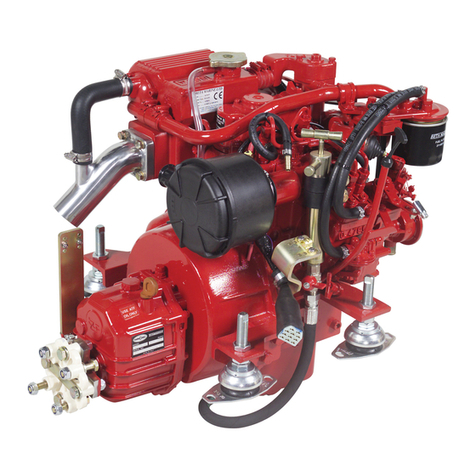
Beta Marine
Beta Marine Beta 10 Operator's maintenance manual
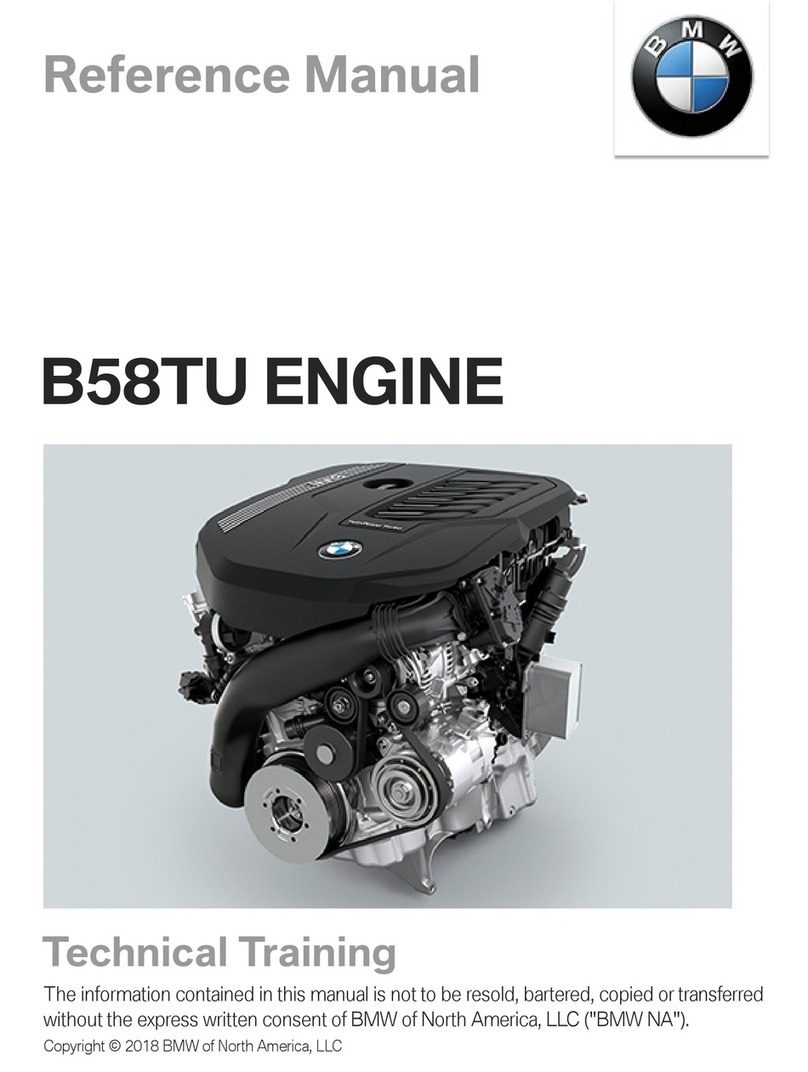
BMW
BMW B58TU Reference manual
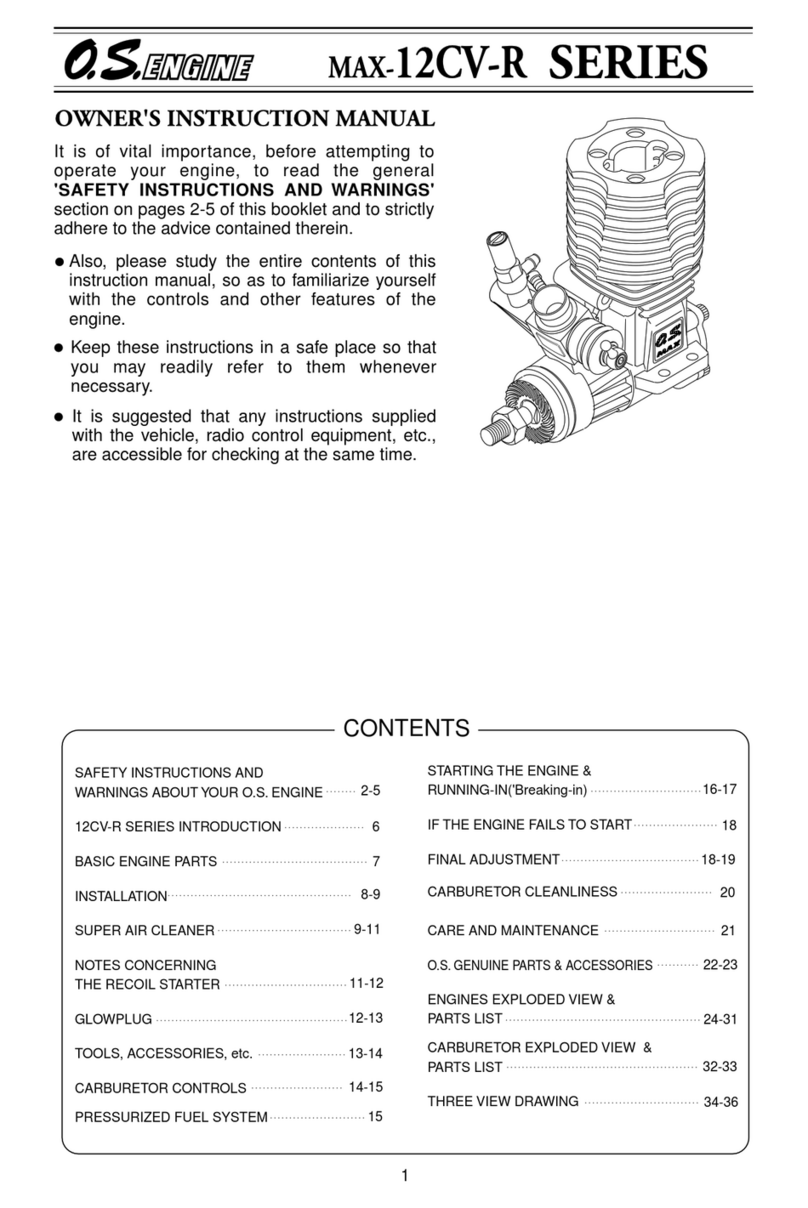
O.S. engine
O.S. engine MAX-12CV-R Owner's instruction manual
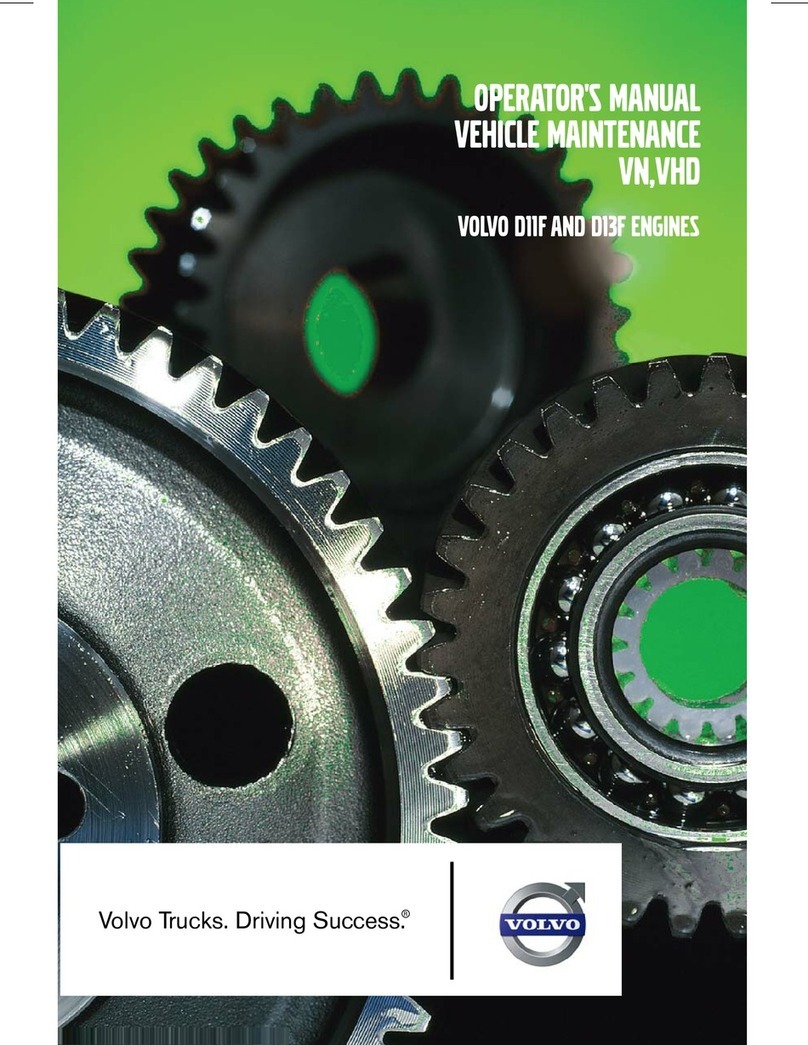
Volvo
Volvo D11F Operator's manual and maintenance instructions

FIALA MOTORS
FIALA MOTORS FM 60 s1-FS manual
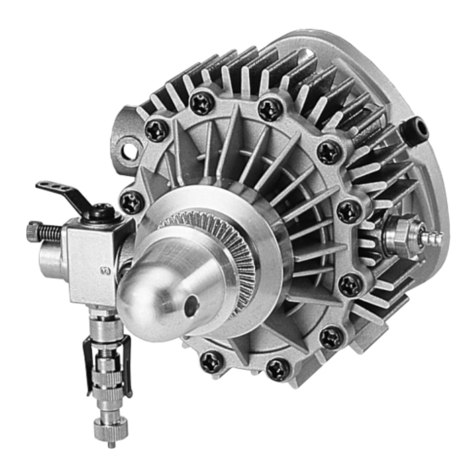
O.S. engine
O.S. engine 49PI Owner's instruction manual

GAPOSA
GAPOSA XQ40 instructions
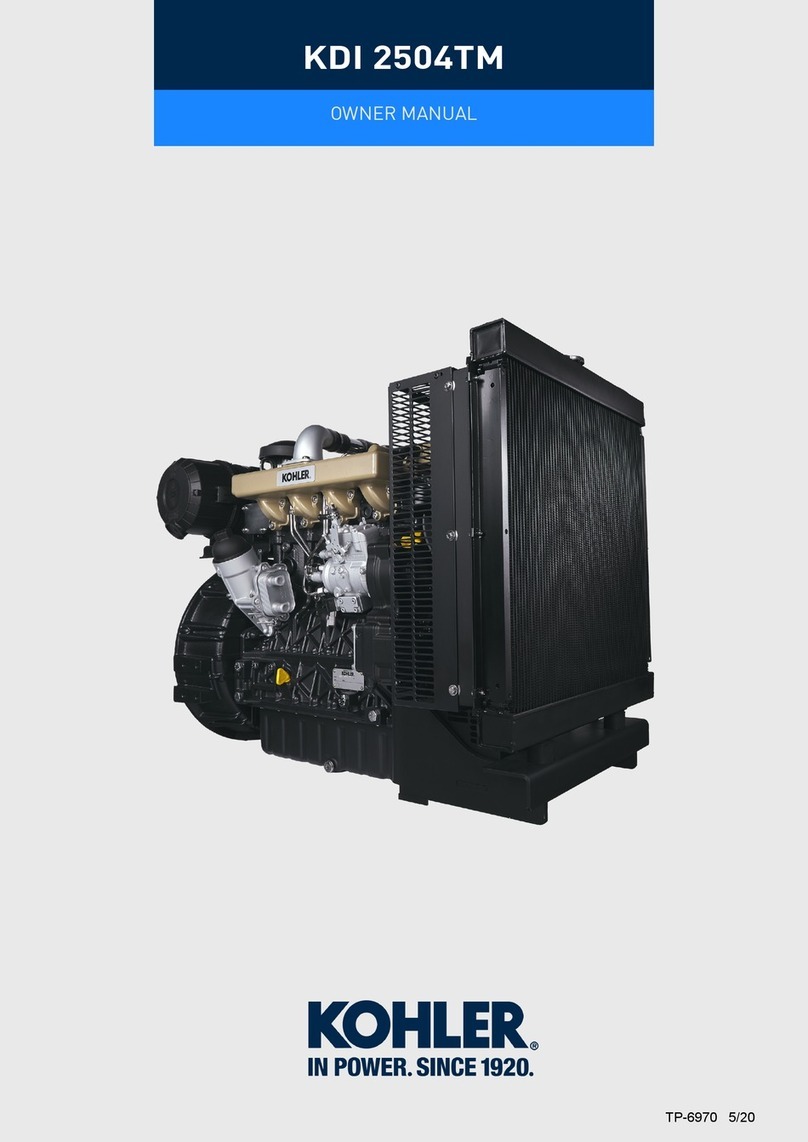
Kohler
Kohler KDI 2504TM owner's manual
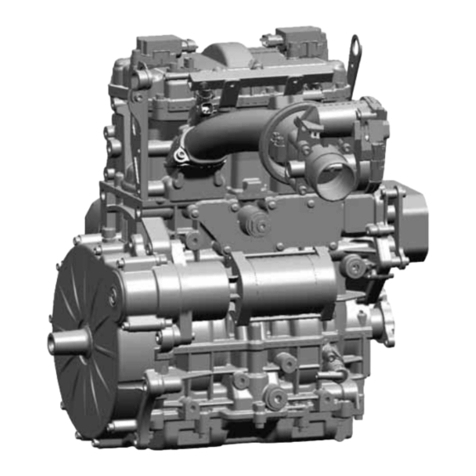
Weber Motor
Weber Motor MPE 850 SNO NA Service manual
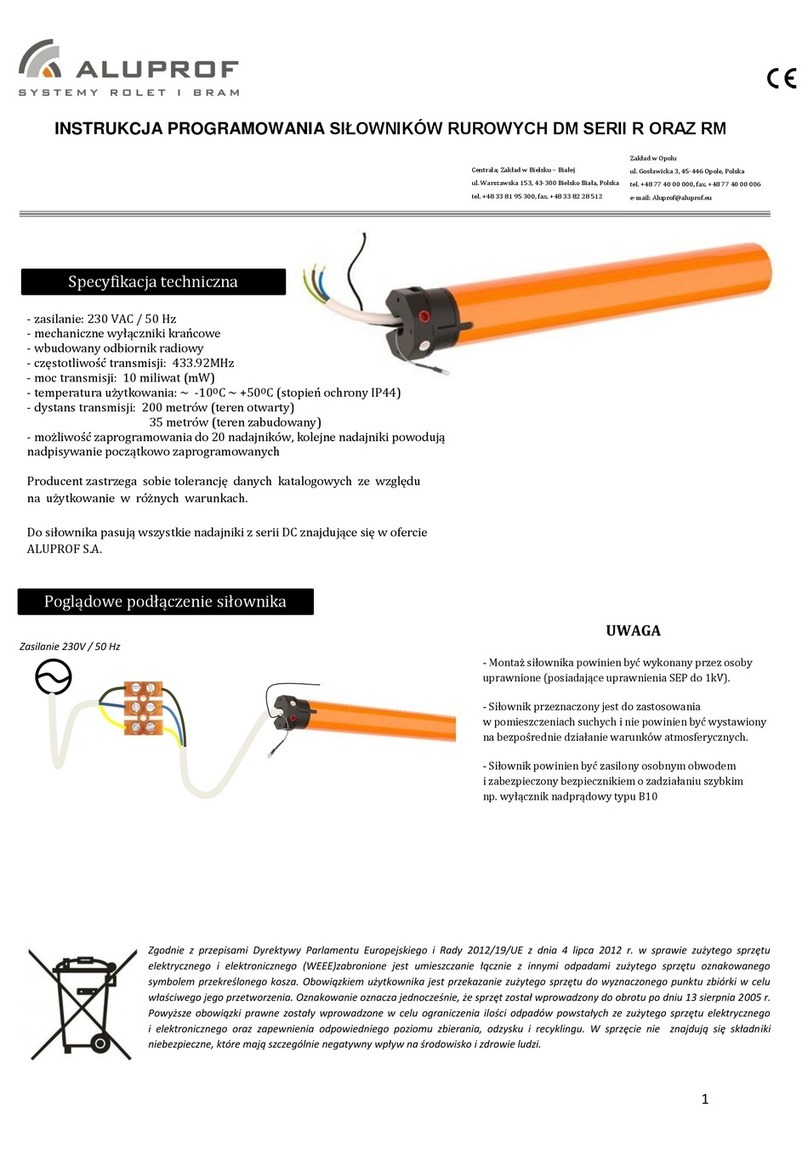
Aluprof
Aluprof R Series Programing manual

Champion Power Equipment
Champion Power Equipment 100220 Owner's manual & operating instructions
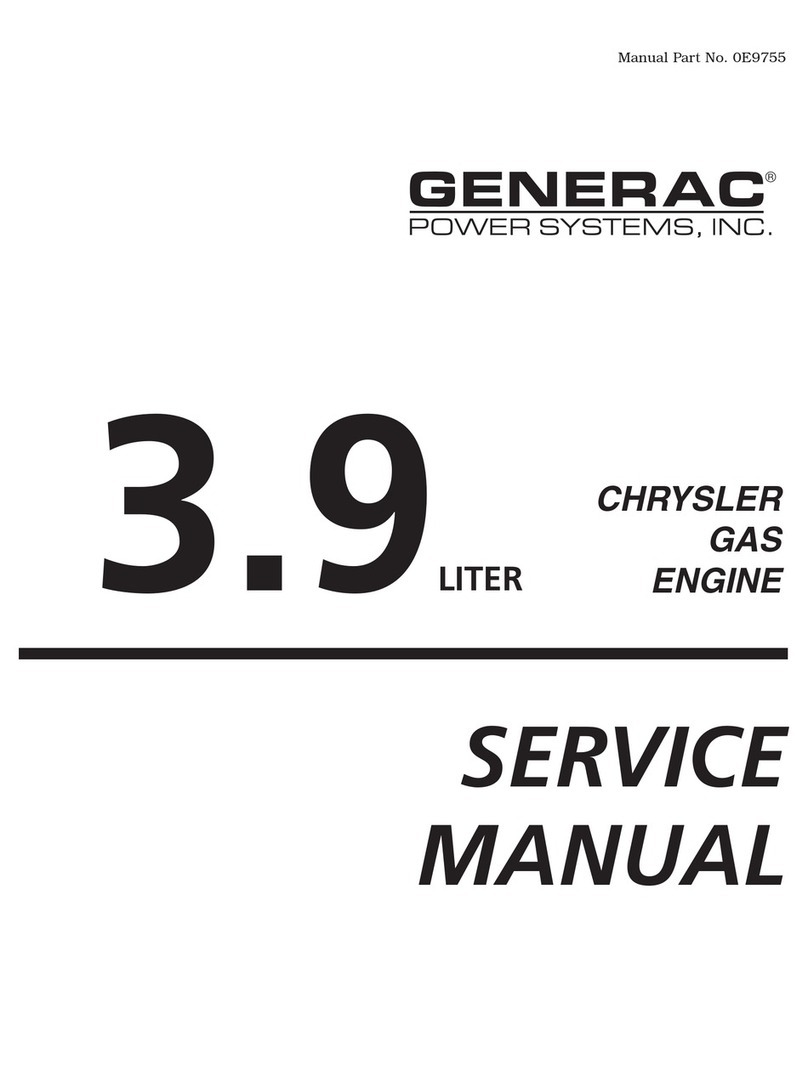
Generac Power Systems
Generac Power Systems 3.9 Service manual
